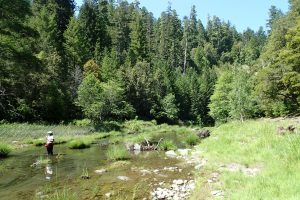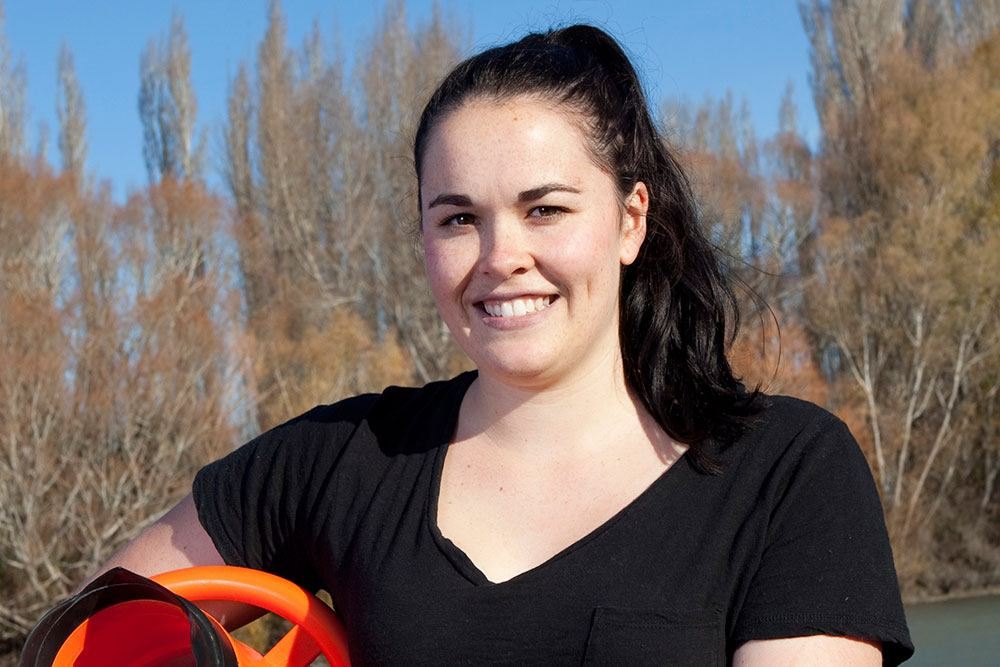A Te Pūnaha Matatini research project that aims to improve the way in which scientists connect and work with Māori has been awarded $100,000 in funding by New Zealand’s Ministry of Business, Innovation & Employment (MBIE).
The project, part of MBIE’s Te Pūnaha Hihiko: Vision Mātauranga Capability Fund, will be led by Dr Tara McAllister (pictured above), an environmental scientist with the University of Auckland, in collaboration with ecologist Dr Cate Macinnis-Ng and earth systems scientist Dr Daniel Hikuroa, Principal Investigators with Te Pūnaha Matatini at the University of Auckland. Importantly, the project team will partner with Mahaanui Kurataiao Limited, an environmental and resource management advisory firm based in Canterbury.
While there are some excellent examples of scientists engaging well with Māori communities, there are also instances when connecting has been a struggle.
“We want to look at how we make those interactions more successful, more productive, and more workable for everybody involved,” Dr Macinnis-Ng says.
“So we are going to co-develop a project with an Iwi group, where we’ll look at what their science needs are, and work out who in our field can deliver those things. By co-developing the project, it’s all about what the needs are of that group, rather than imposing what scientists want to do.”
The project will be conducted in a reflective way so the project team can understand what works best for the different groups involved. It will also develop te reo science materials appropriate for school curricula.
“We’ll be developing some teaching materials for kura kaupapa to make science more accessible to everyone,” says Dr Macinnis-Ng.
The project will be very important to Te Pūnaha Matatini’s wider research programme, says Shaun Hendy, the Centre’s Director and Professor of Physics at the University of Auckland.
“Building close engagement with Māori communities and learning about the mātauranga of complex systems is a wonderful opportunity for us,” he says.
“Not only will this project be essential to us in meeting our research goals, it will also provide social, economic, and environmental benefits to Aotearoa New Zealand.”

Project lead Dr Tara McAllister (Te Aitanga a Mahaki) out in the field. Tara has a strong research focus on freshwater ecology and management.

